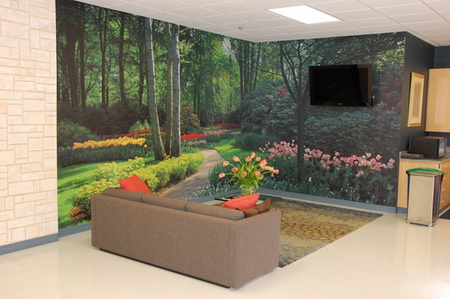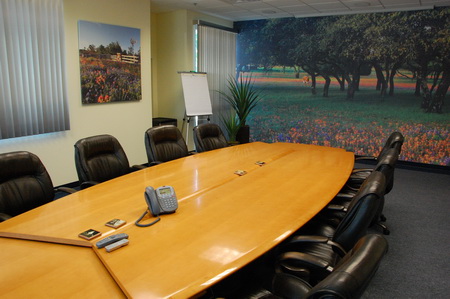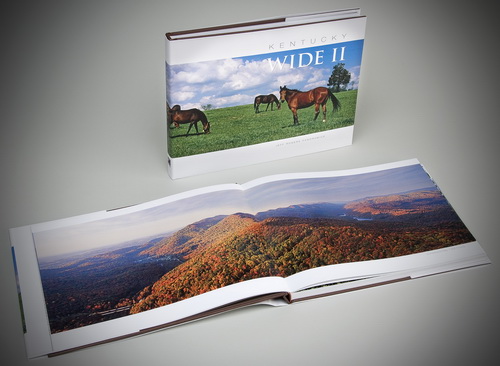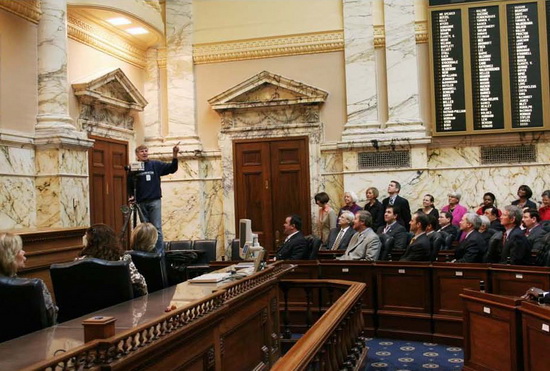Professional photographers who specialize in panoramic photography might want to check out the services of Creative Wallscapes, a LexJet customer in Burnsville, MN. The large-format, print-for-pay company specializes in producing and installing environmental graphics that can transform the look of retail spaces and restaurants and establish more pleasant and productive surroundings in corporate offices. According to Creative Wallscapes owner Greg Dean, corporations have increasingly seen the value of using imagery to upgrade work spaces from boardrooms to hallways.
As a result, Creative Wallscapes often partners with panoramic photographers to market suitable large-scale images for environmental graphics. In some cases, photographers simply provide the content for murals that Creative Wallscapes sells.
Or, professional photographers can promote and sell the murals directly on their own websites, then subcontract the printing and installation of the murals to Creative Wallscapes. “Right now, one photographer in particular is keeping us quite busy with the graphics he is selling online,” says Greg. “We’re hoping that other photographers will see the profit potential in this type of arrangement.”
Professional photographers can contact Greg through the company’s website: www.creative-wallscapes.com or call 877-767-7446.






